Don’t go with the flow, go with a currant: RHS Advisor Yana Konoplin explores how to choose and grow the right currant bush to yield you vitamin-packed homegrown berries
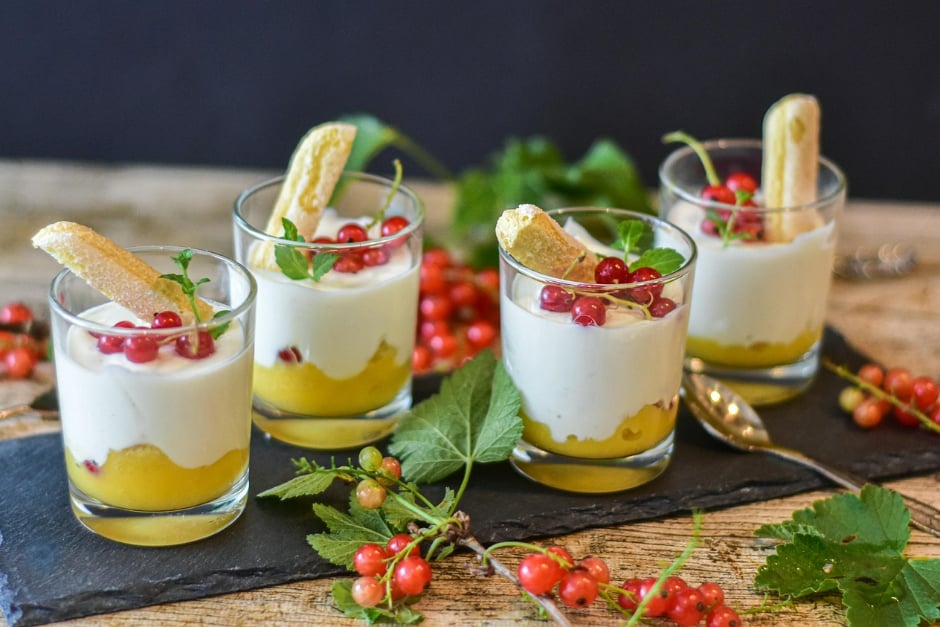
 A few years ago, I planted three blackcurrant bushes on my allotment. The plants established well, and in their second season, I enjoyed a decent harvest and made jam. I was very excited about my success with blackcurrants, so I’ve decided to add more currants to my allotment this year.
A few years ago, I planted three blackcurrant bushes on my allotment. The plants established well, and in their second season, I enjoyed a decent harvest and made jam. I was very excited about my success with blackcurrants, so I’ve decided to add more currants to my allotment this year.
My first step is to decide which currants to plant. I’m thinking of adding some colour to my collection, so this time I’m going to buy redcurrants; however, a pink or white variety could be an interesting option as well. I need to consider staggered ripening times to avoid a glut all at once, and choose varieties with good disease resistance, to avoid big bud mite. The ones with an AGM will have performed well in RHS trials, so this is the ideal place to start.
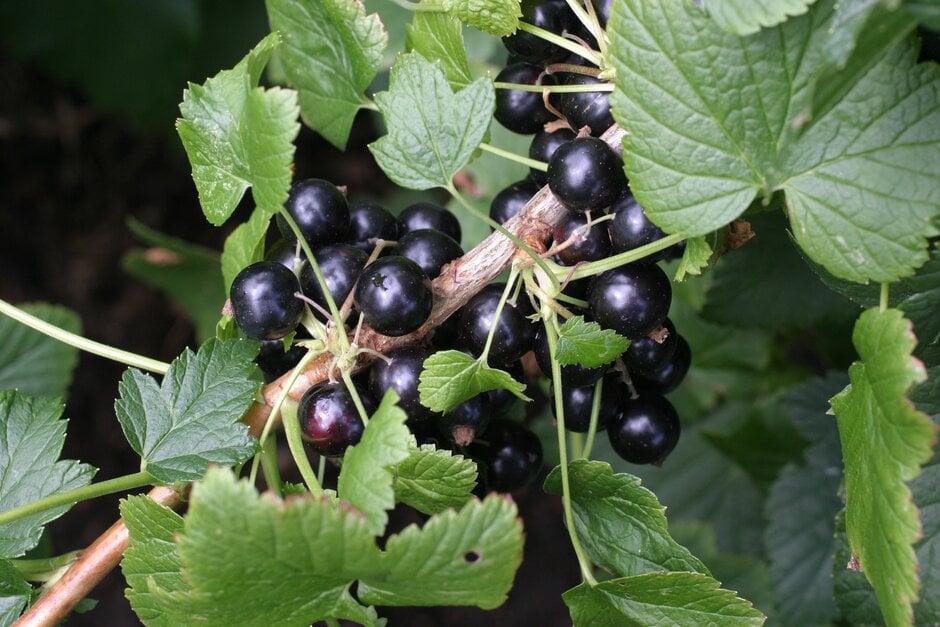
Currants can be bought in containers or bare-root during autumn and winter. My blackcurrants were bare-root, and that worked well for me. However, with my new currants I’ve missed the right time to order them bare-root, which ideally would have been early autumn to make sure I got strong and healthy stock.
So my option now is to buy currants grown in containers, which can be done in March, so they can be planted straight away. Although I could grow them on in large containers, I will be putting my plants in the ground to reduce watering and feeding, so in February I’m preparing for my new plants.
Currants can be grown as open-centred bushes or trained as cordons. My blackcurrants are grown as bushes, so I will stick to the same style with my new plants. They prefer a sunny, sheltered spot, though they can also grow in partial shade.
I’m choosing the same place where my blackcurrants grow to extend the area. At the moment, this is a block in a checker-pattern alternating with irises. There needs to be 1.5–1.8m (5–6ft) between plants, so the irises make sure that happens, as well as looking appealing.
My final decision has been to go for two redcurrants, ‘Jonkheer van Tets’, which fruits before my midseason blackcurrants, and ‘Rovada’, which fruits after.
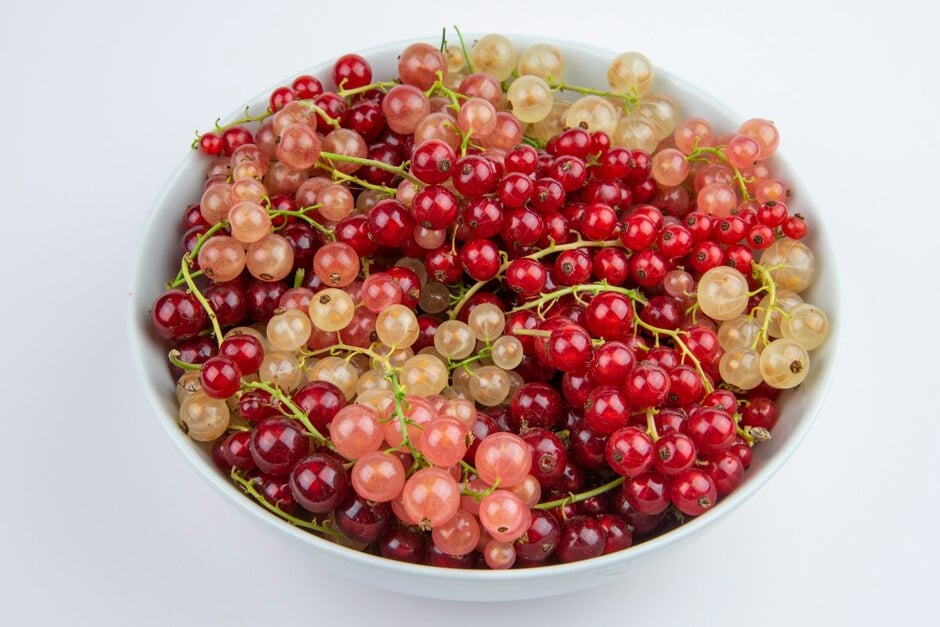
Redcurrants can be red, pink or white (sometimes known as whitecurrants)
For the moist but well-drained soil they need, I will prepare the ground before planting, by clearing it of weeds and digging in plenty of well-rotted manure or homemade compost.
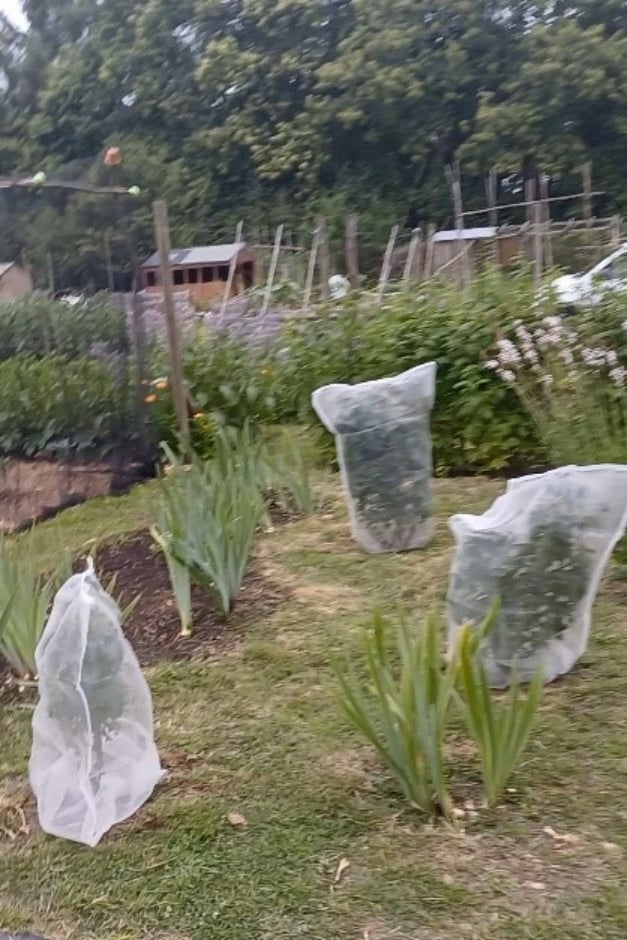 To protect my berries from birds, a fruit cage could be the solution. However, an easier and cheaper option I have used is individual net mesh bags, which I re-use every year and protect my blackcurrants from hungry wildlife – at least while they’re small.
To protect my berries from birds, a fruit cage could be the solution. However, an easier and cheaper option I have used is individual net mesh bags, which I re-use every year and protect my blackcurrants from hungry wildlife – at least while they’re small.
Why don’t you try growing currants this year, and look forward to baskets of vitamin-packed berries and gorgeous homemade summer puddings?
Buy currant plants from RHS Plants >
You may also be interested in
Pick of the crop
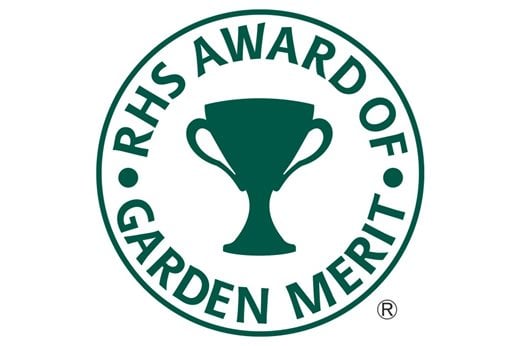 Look for the RHS Award of Garden Merit (AGM) when buying vegetable seed or small plants. You can also download the RHS lists of recommended cultivars.
Look for the RHS Award of Garden Merit (AGM) when buying vegetable seed or small plants. You can also download the RHS lists of recommended cultivars.
About the author – Yana Konoplin
Yana Konoplin is an RHS Plant Health Advisor at RHS Wisley who grows the whole science team a pumpkin to carve for Halloween each year, and may just be able to give them redcurrant jelly next Christmas.

